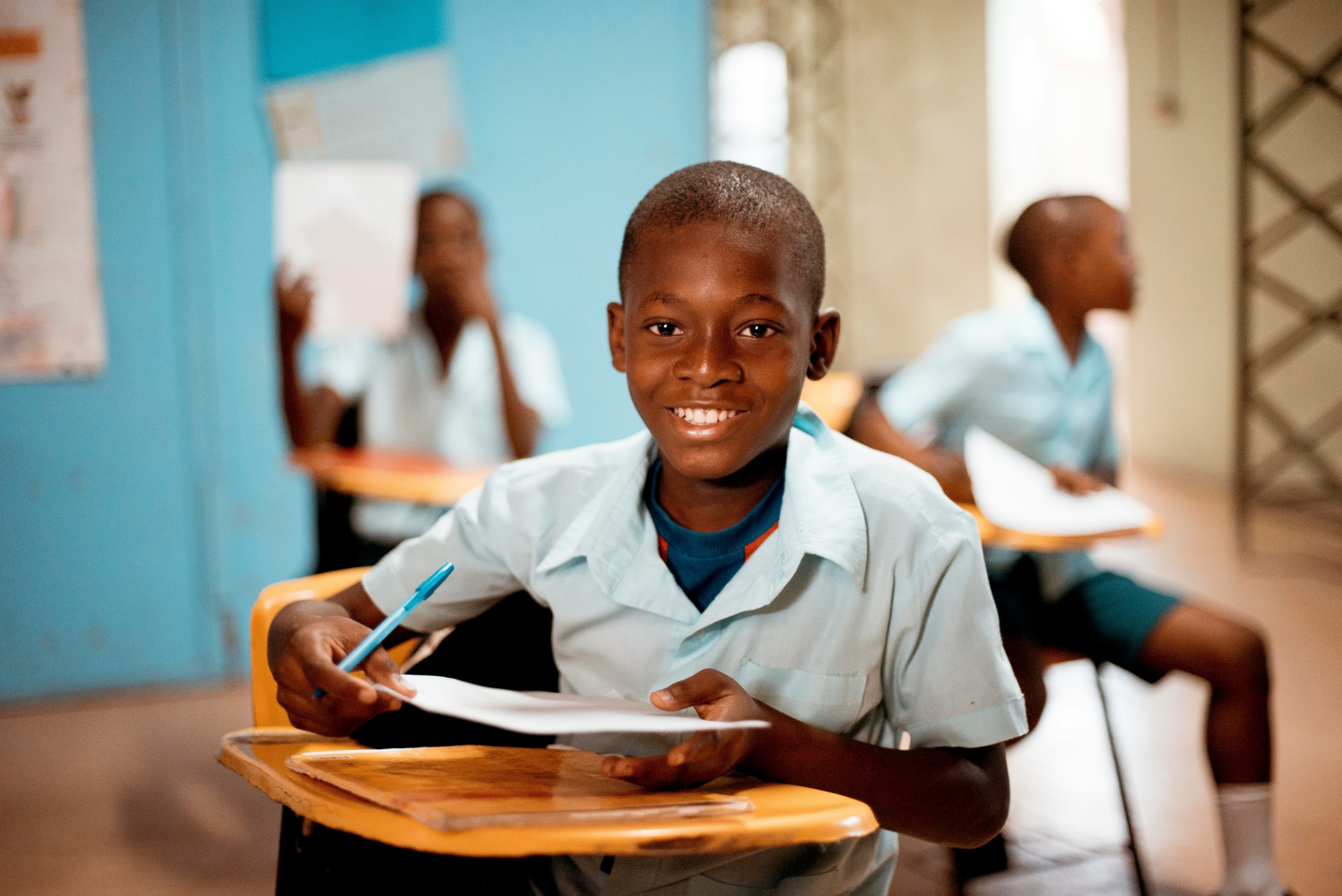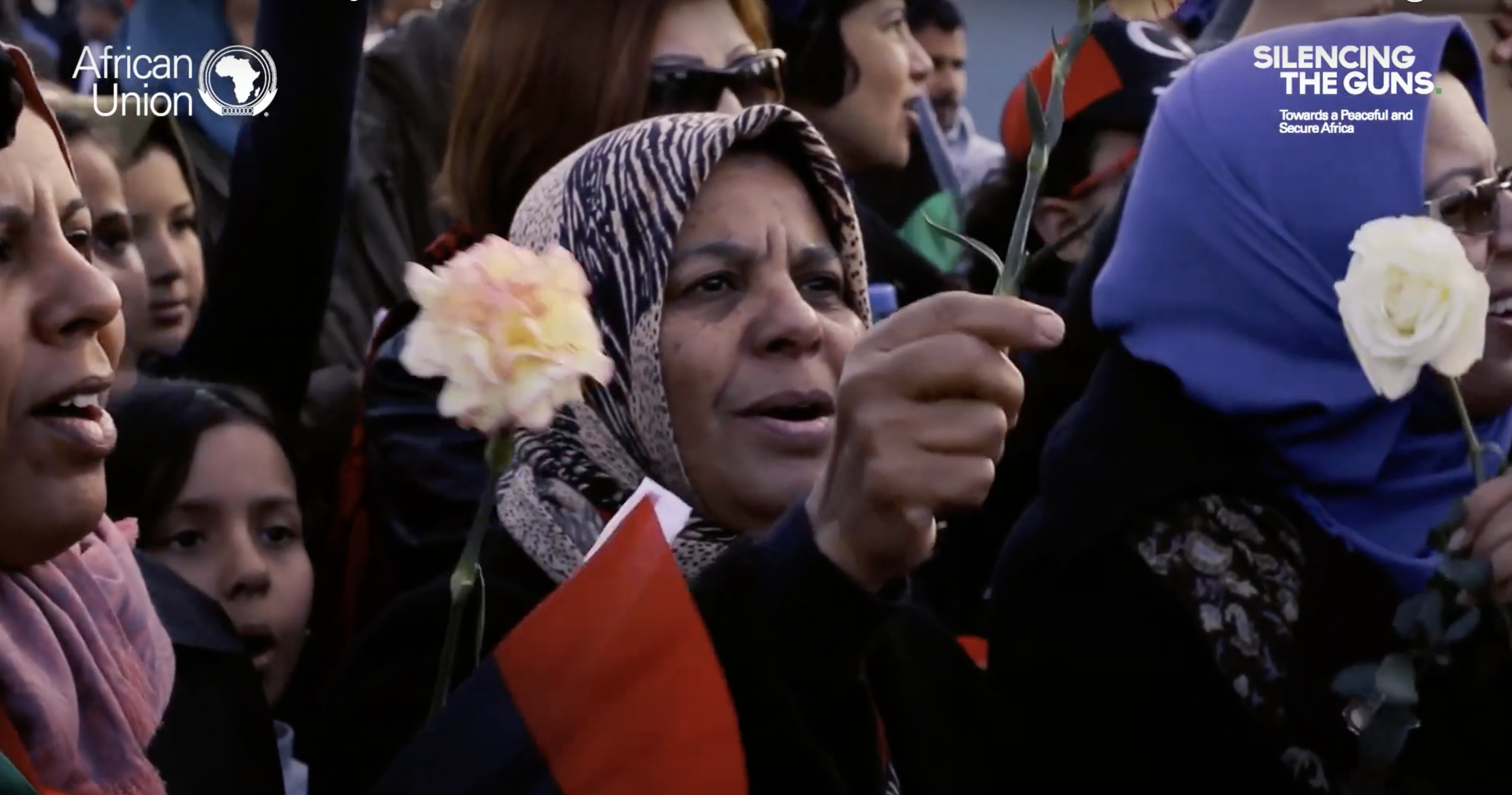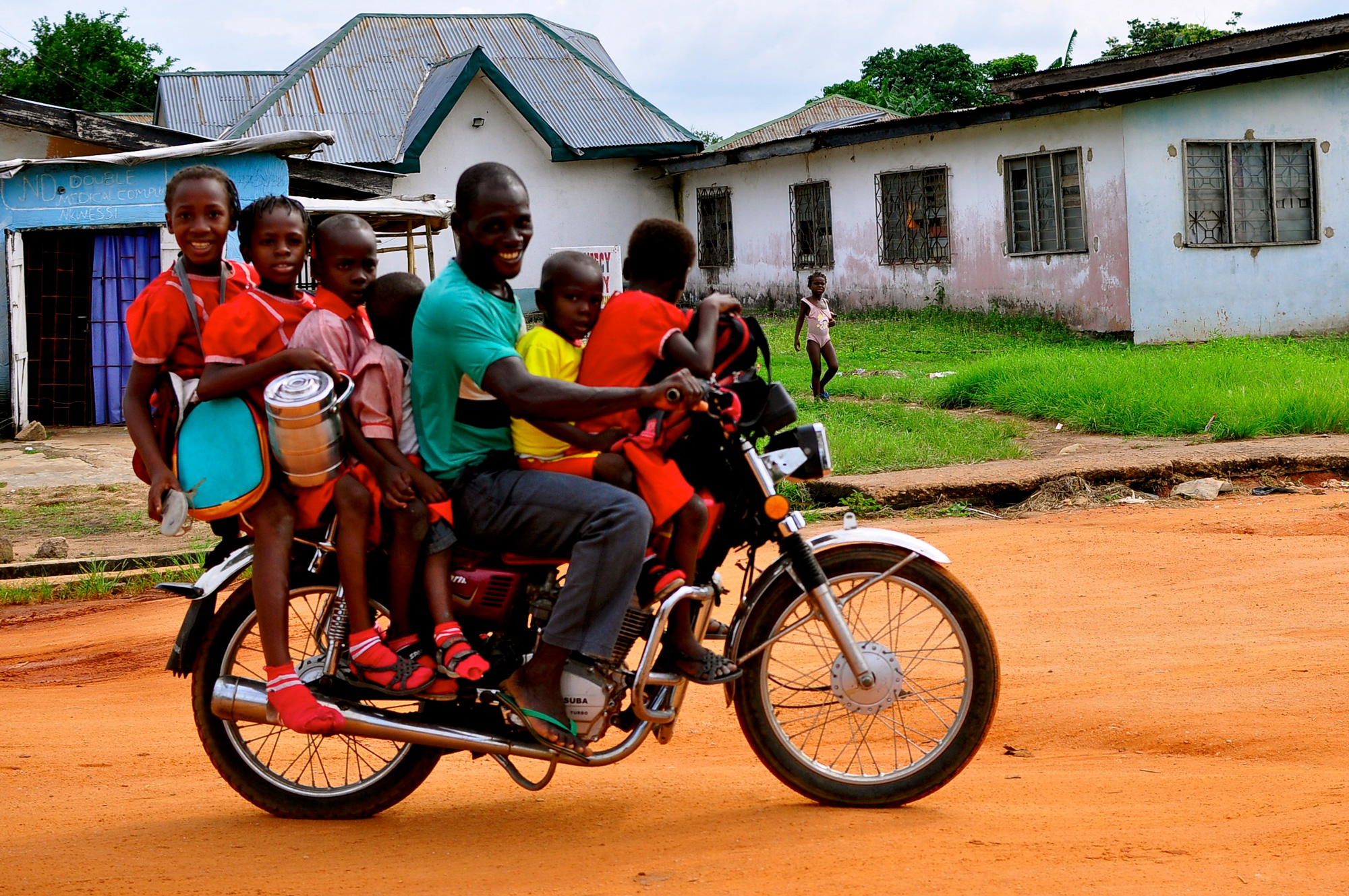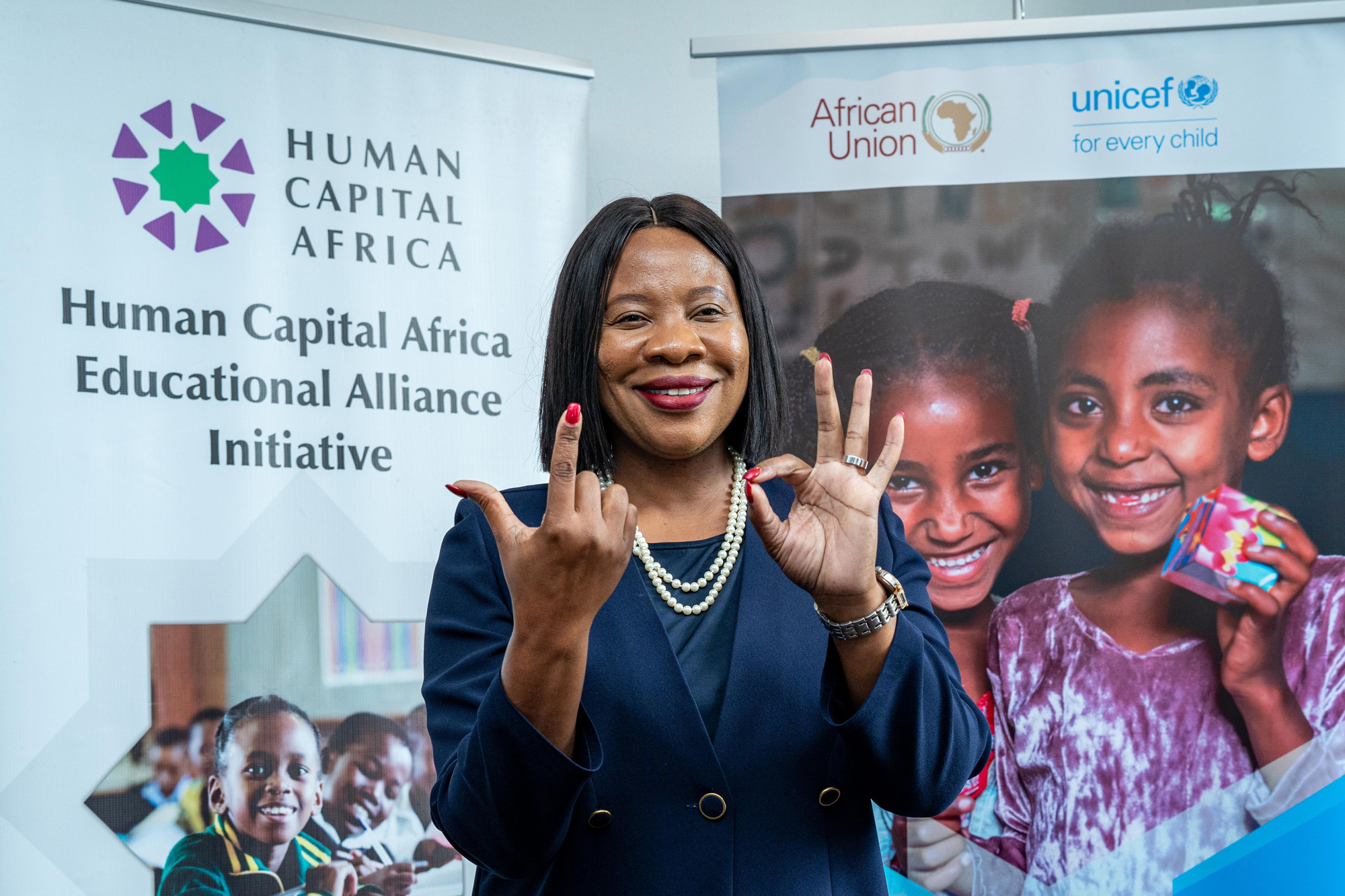
Accelerating efforts to end conflicts and crises in Africa

Our client
The African Union plays a pivotal role in shaping the future of Africa. With a combined population of 1.25 billion in more than 50 individual member states, the union has a mandate to promote peace, security, and development across our diverse continent. The stakes have never been higher. A changing geopolitical environment is changing the continent’s security fabric, while citizens look to the AU to deliver on its Agenda 2063 promise of a united continent with free movement of travel.
The client’s mission
The African Union’s Silencing the Guns initiative acknowledges that conflicts and violence are often driven by desperation and frustration among African youth who struggle to earn a living. Launched in 2010, under the initiative member states had committed to end all conflict by 2020. Yet, while progress had been made in reducing state-driven conflicts, the persistence of ethno-religious, resource-driven, and politically-driven conflicts in fragile regions across the Sahel, Chad Basin, Great Lakes area, and East-Central and North Africa remains one of the biggest threats to Africa’s socio-economic development.
In 2020, the African Union declared the year of Silencing the Guns and extended the initiative to 2023. The objective was to unite a broad cross-section of society, including civil society organisations (CSOs), industry, and the media behind the rallying cry for peace, and to establish a detailed, realistic action plan. Recognising that the initiative required bottom-up support and buy-in, the AU Commission sought to run an advocacy campaign that would organically highlight the voices of peace.
Our support
Africa Practice developed and implemented a multi-channel campaign aimed at creating spaces for dialogue and uniting Africa for peace.
- Positioning and narrative design
- Call-to-action design
- Influencer and champion identification and activation
- Ecosystem strengthening and coordination
- Human-centred and data-led storytelling
- Multimedia and experiential communication
- Media and social media campaigning
- Media training
The results
We established that we needed to generate a number of grassroot-driven actions to truly root the campaign in the constituencies with the power for change. Working with CSOs, faith-based organisations, academia and youth organisations in more than 20 countries, we saw youth take action and implement initiatives as diverse as Uganda’s Peace Festival, South Africa’s Drumming for Peace, or the to-date largest social media memorial #Names Not Numbers.
These initiatives led to the Pledge for Peace animated movie, voiced by different African artists and uniting millions of youth. It went viral with over 20 million views shortly after its release and was screened on different TV channels, including the BBC Africa and CNBC. The viewership spurred substantial online engagement and created a significant buzz, effectively spreading the message of peace as heads of state and government met to deliberate the Silencing the Guns action plan. In addition, the co-production “Voices for Peace” – a dynamic and engaging documentary featuring AU ministers alongside peace advocates in Africa’s five regions and their daily struggles and successes – was aired in 32 countries across Africa and during the opening of the AU Summit on Silencing the Guns.
Recognising the critical role of grassroots organisations in addressing the underlying causes of conflict, the African Union unanimously agreed to extend the “Silencing the Guns” initiative and to place local peacemakers at the heart of its efforts to promote peace. During the parallel weapons amnesty initiative several thousand firearms illegally owned by civilians were collected in seven participating countries.

